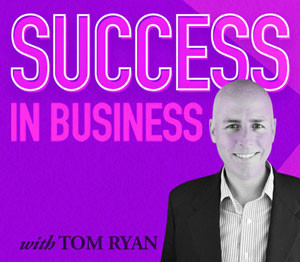 If you want to boost your membership retention rates, you need to understand the motivations of your subscribers. A bit part of this is simply asking current members about what they value about your service, and asking returning members why they came back. The more open and comprehensive the dialog, the clearer the picture becomes.
If you want to boost your membership retention rates, you need to understand the motivations of your subscribers. A bit part of this is simply asking current members about what they value about your service, and asking returning members why they came back. The more open and comprehensive the dialog, the clearer the picture becomes.
Of course, not every subscriber will be strongly motivated to share their feedback freely. In that case, you might need to create an incentive to encourage participation from a wide range of customers. Even something like a free month or a discount on their next renewal can be compelling.
If incentives work for something as simple as getting feedback, will they work for more complex or nuanced customer interactions? You bet.
For instance, many companies offer a free one-month trial membership as an incentive for signing up. That can be extremely effective, but it’s just scratching the surface. If your subscribers tend to drop off after six months, why not offer the sixth month for free rather than the first? Instead of becoming an incentive to join, it becomes a carrot to keep them motivated.
This is a great way to keep longtime members engaged through the known tough patches in your renewal cycle. It’s better to lose a month of membership fees than to lose a subscriber, right? Offering a free month, or even a substantial discount, at the end of a membership cycle may be all it takes to get them recommitted.
There’s another way that incentives can be useful: A/B testing. As you know A/B testing can mean a lot of things, as it’s just a shorthand term for testing ideas out in a formal, trackable manner. Almost anything can be A/B tested, from your pricing schedule to the color scheme of your website. The important part of A/B testing is that you test out ideas out in a way that allows you to measure the differences.
This can be exceptionally powerful when it comes to member retention. If you have already established your customers avatars, for instance, A/B testing allows you to try out a variety of renewal strategies for each group.
Let’s say that you have a group of first-time customers who sign up for a three-month membership, and those new members only renew half of the time. You’ve decided to identify that customer group with an avatar, a single stand-in persona for all of them, and that you’re calling that avatar “Wanda.” What things can you tweak for every Wanda you identify to change your results?
How about this? For the next ten Wandas who come through the sign-up process, you offer five of them a slightly different membership incentive. You offer them their fourth month free, knowing that the three-month mark is when most of them drop off. You track those Wandas, noting what behaviors change at the end of three month cycle.
It’s possible that nothing will change. In that case, you have good reason to think that the incentive isn’t very compelling. It’s also possible that you will see a 20% boost in renewed memberships. With a sample size of five, that’s not exactly a proven trend, but it might be enough to justify trying it with half of all Wandas coming through for the next six months.
At the same time, you can also test another group of Wandas with another set of incentives, perhaps a 50% off discount for two months. You could offer a 10% discount for a yearly membership to another group of Wandas. You could offer coupons, free gifts, or even exclusive content aimed at the biggest pain points Wandas tend to have. The possibilities are almost limitless.
The important thing is to track all of this data, and to make sure you can easily compare results across each group. At the end of the testing period, you will be able to see which incentives and approaches yielded positive results. These results might not seem dramatic, with perhaps just few percentage points difference. This isn’t a bad thing at all. It’s a wedge that you can use to pry open a trend, turning a small A/B testing trend into real long-term results.
